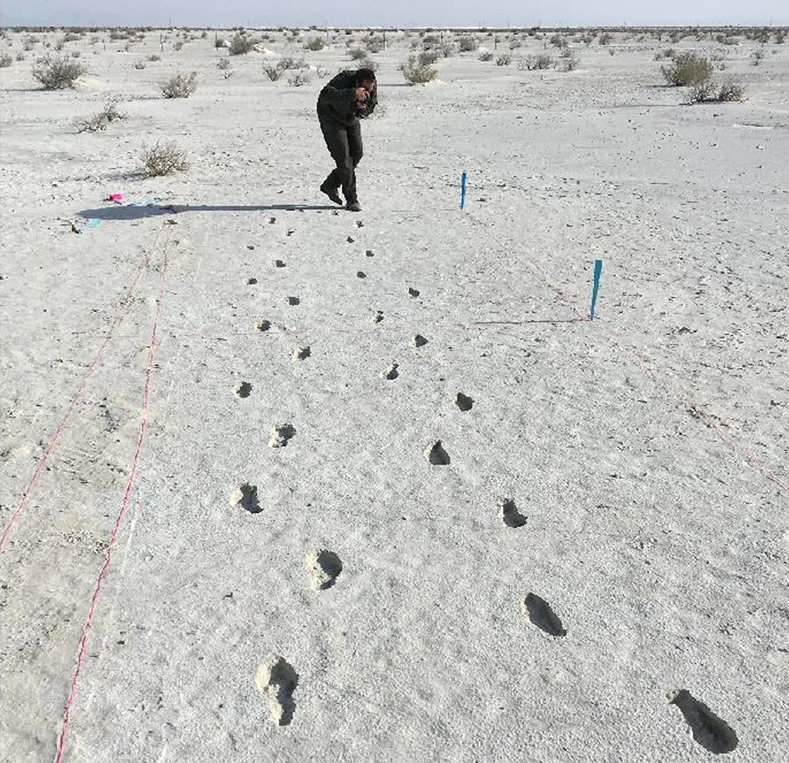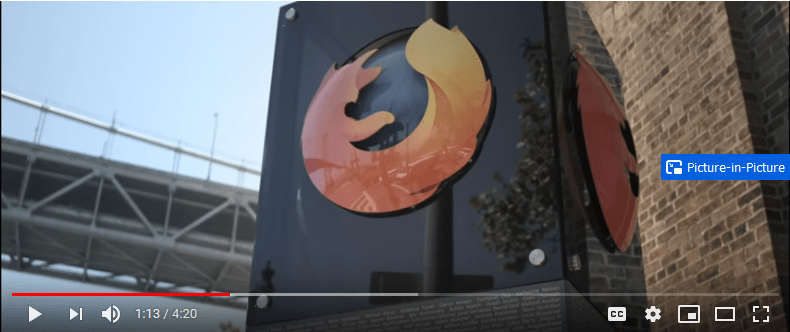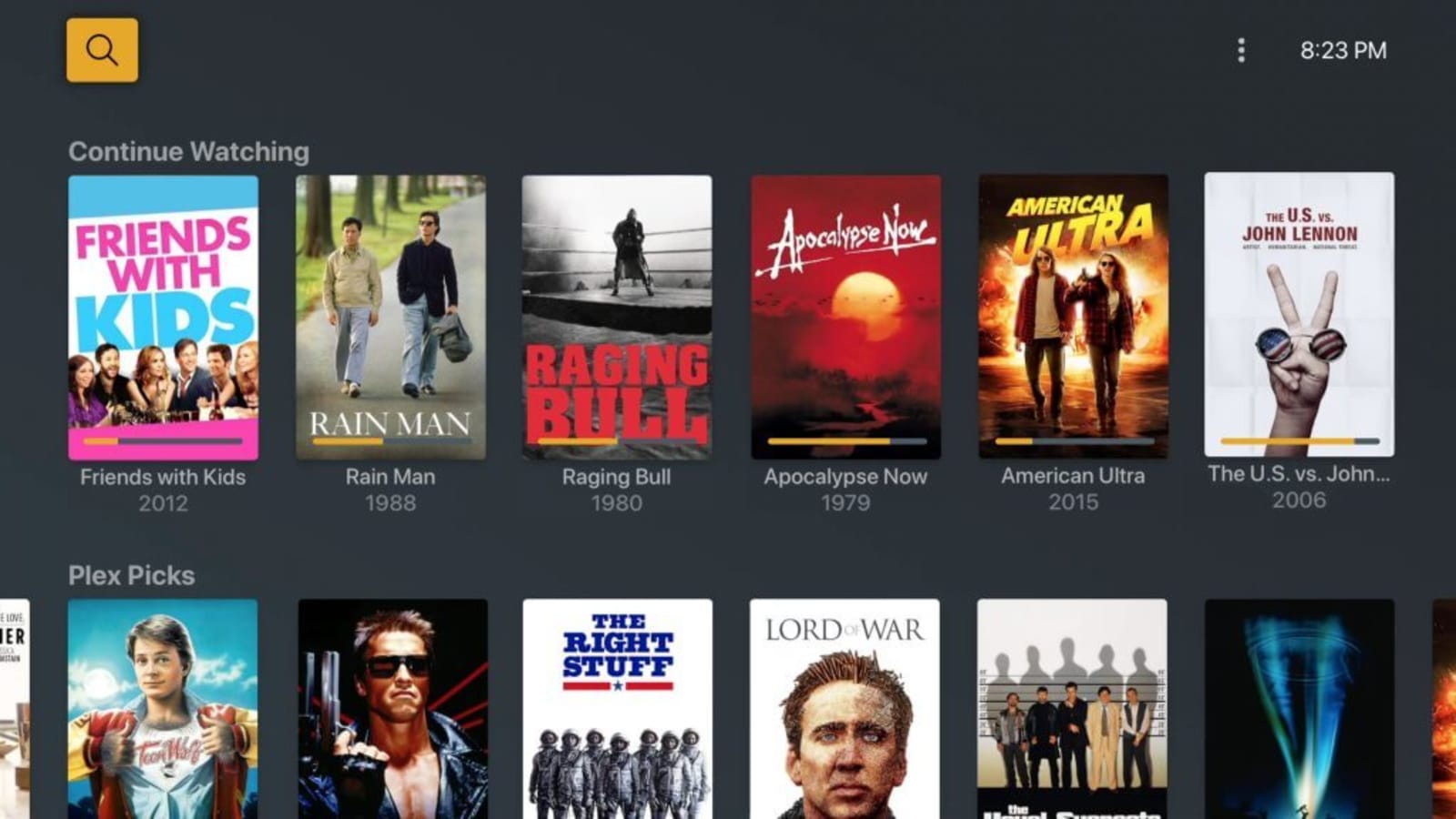Tech companies don’t pay their taxes. Together, Amazon, Facebook, Google, Netflix, Apple, and Microsoft may have skipped out on over $100 billion in taxes they should have paid since 2010, according to a new report from the UK-based tax accreditation organization Fair Tax Mark. That’s enough to pay three million Americans the median per capita annual income, 14 percent of US annual spending on K-12 education, 500,000 US homes, a nearly two-million-foot stack of one dollar bills, 56 million square feet of Manhattan real estate, 50 billion cans of beans, nearly 1 billion years of Netflix… fill in as applies to you.
Generally, about half of what they were ostensibly obligated to pay under corporate tax rates came out of our pockets in subsidies and tax breaks, not to mention the immense stockpiles of cash they’re hoarding in havens in Bermuda, Ireland, Luxembourg, and the Netherlands, to list a few of the locations cited by Fair Tax Mark.
“Their accounts actually note vast unrepatriated income abroad and that they are now bringing these historical sums back post Trump’s Tax Cuts and Jobs Act 2017 at much-reduced rates,” Fair Tax Mark Chief Executive Paul Monaghan tells Gizmodo. Monaghan says that the companies don’t share information about income, profit, and tax across various countries, which “they should most definitely be disclosing.”
Fair Tax Mark’s report points to Apple’s long habit of shuffling its money around the world and forking it over only when regulators reign them in. In 2017, Apple agreed to pay $14.6 billion in unpaid taxes in 2017 to Ireland and has since racked up another tab of $14.3 billion by the EU’s count, which it does not plan to pay. And Apple successfully avoided paying $50 billion in taxes on untaxed cash stored abroad, bringing it home for Trump’s sweet one-time charge of $38 billion.
Fair Tax Mark concentrates on “cash taxes paid,” the actual amount of taxes paid after deductions and refunds, versus tax provisions, the amount companies estimate paying in their public financial reports, including deferred taxes which may or may not be paid in future. Note that the corporate income tax rate was 35 percent before the Trump administration cut it to 21 percent in 2017.
Their findings:
- Amazon paid $3.4 billion in income taxes over the past decade, which amounts to 12.7% of profit over that time.
- Facebook paid 10.2 percent of its profits since 2010, “at a time when the federal headline rate of tax in the United States was 35 percent for seven of the eight years under examination.”
- Google has claimed that its “overall global tax rate has been over 23% for the past 10 years, in line with the 23.7% average statutory rate across the member countries of the OECD.” Fair Tax Mark finds that it has actually given 15.8 percent of its profits in cash tax paid.
- Netflix also paid 15.8 percent on its profits, albeit it operates on very thin profit margins.
- Apple, which, they note, “presents itself as ‘the world’s largest taxpayer” makes good on its word with a total payment of $93.8 billion in income taxes this decade. But the percentage of profits is still a measly 17.1 percent.
- Microsoft “has the least aggressive approach to tax avoidance of the Six,” they write, paying $46.9 billion in income taxes, though that represents 16.8 percent of its profit.
Google, for one, does not interpret tax responsibilities this way. A spokesperson tells Gizmodo that Fair Tax Mark “ignores the reality of today’s complicated international tax system, and distorts the facts documented in our regulatory filings.” They continue: “Like other multinational companies, we pay the vast majority – more than 80% – of our corporate income tax in our home country. As we have said before, we strongly support the OECD’s work to end the current uncertainty and develop new tax principles.” When pressed to further address the relevant claims in the report, Google declined to comment.
That statement skirts around Fair Tax Mark’s point of contention, which is with Google’s statement about paying 23 percent in global, not US, taxes. “Google’s statement bears out our contention that the majority of the tax gap is probably playing out outside of the US,” Monaghan tells Gizmodo. “In recent years [less than] 50% of Google’s reported profits are ‘foreign’, but obviously not their taxes paid!”
For argument’s sake, I’ll focus on Amazon, which famously paid zero dollars in federal income tax in the US in 2017 and 2018, mainly due to tax breaks. Some economists (and politicians) argue that these are essential for economic growth; others stress that this is totally legal. Bernie Sanders calls this absurd.
Amazon argued in a statement to Gizmodo that it’s unfair for Fair Tax Mark to lump them in with “technology companies” with higher profit margins, as though Amazon isn’t a tech company. “Amazon is primarily a retailer where profit margins are low,” a spokesperson wrote, “so comparisons to technology companies with operating profit margins of closer to 50% is not rational.” (By “where,” the spokesperson said Amazon is referring to the “wider retail environment,” not location.) Amazon very much is a tech company, and Monaghan would like to note that Amazon Web Services accounts for over half of their profits. (It also offloads much of the overhead cost that traditional retailers must endure to third-party sellers.) Plus, Monaghan writes, Amazon’s claim that its fellows operate with 50 percent profit margins is false: “the margins of the others over the decade are Google (27%), Apple (30%), Microsoft (31%), Netflix (4.5%), Facebook (44%).”
It’s true that Amazon’s profit margin is low; as Bloomberg explains, it keeps it that way by investing in new warehouses it can write off and paying employees in stocks, on which it can claim deductions. It also leverages a research and development credit and tax breaks on previous losses, at which point, Bloomberg writes, “its U.S. corporate tax liability can be whittled down to zero.” Those losses, Fair Tax Mark notes, add up to a $9.3 billion exchequer which Amazon can put toward future taxes.
The Amazon spokesperson also stated that “Amazon represents about 1% of global retail with larger competitors everywhere we operate, and had a 24% effective tax rate on profits from 2010-2018 – neither ‘dominant’ nor ‘untaxed’.”
Monaghan would put the effective tax rate at 21.4 percent, but “[l]et’s say Amazon is right,” he argues: that figure is still intentionally misleading because it applies to funds Amazon reports earmarking for taxes, not what it actually pays. “In terms of money actually paid over – the ‘cash taxes paid’ – the number is 12.7% over the last decade. They do not dispute this number, but rather are misdirecting people to a larger, vaguer and different figure.” Monaghan says that Fair Tax Mark sent all of its figures to the six companies, none of which were disputed.
That still doesn’t address the issue of what companies should have paid. Sure, $3 billion in city and state subsidies for Amazon’s proposed New York headquarters could have been the “astounding return on investment” Bill de Blasio anticipated. But they’re playing with our money, and so far, Google’s New York campus hasn’t seemed to do much to alleviate New York’s human rights emergency. People are sleeping on the pavement, rents keep rising, and it’s freezing out here. Jeff Bezos could chip in a few billion now and then, with a hundred to spare.
Gizmodo has reached out to Netflix, Facebook, Apple, and Microsoft and will update the post if we hear back.







